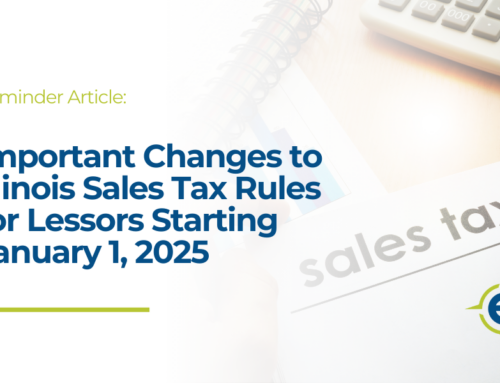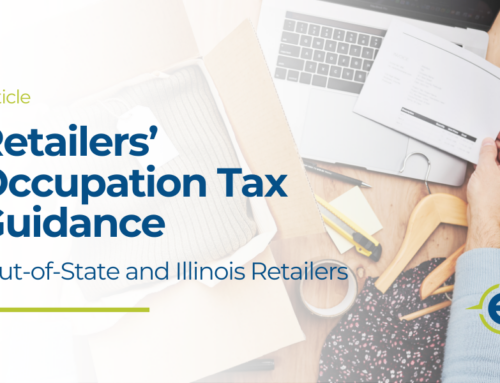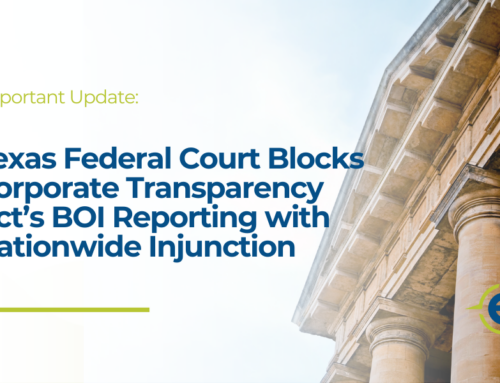Improve Your Tax Forecast Accuracy with These Tips
The upcoming April filing due date is the deadline not just for tax returns, but also for first quarter estimated tax payments for the 2024 tax year. One way to ensure your estimated tax payments aren’t any larger than they need to be is to create an accurate tax forecast.
The Forecasting Objectives
The objectives of an accurate tax forecast are to avoid IRS penalties and eliminate tax surprises.
To avoid IRS underpayment penalties, your total tax payments including estimated payments must be large enough to satisfy these thresholds:
- 90% of your current year tax liability, or
- 100% of your prior year tax liability (110% if your adjusted gross income is more than $150,000).
So you must calculate and pay estimated taxes throughout the year to satisfy the IRS if your withholdings and other tax payments during the year are not enough to satisfy the requirements.
You also want as much clarity as possible about next year’s potential tax bill before filing your return next year because few of us have a pile of cash sitting around to pay to Uncle Sam on tax day. The only way to avoid this surprise is to forecast your obligation as early in the year as possible.
Better Tax Forecasting
Here are some suggestions for making your tax forecasts as accurate as possible.
- Make tax planning a year-round endeavor. Your initial 2024 tax forecast will naturally flow from your 2023 tax return. But the best forecasting method reviews your situation at least once per quarter, about two weeks before quarterly estimated tax payments are due. So mark your calendar for early April, June and September in 2024, and early January 2025 to calculate your 2024 tax year forecast. If you make tax planning a year-round endeavor, you can continuously recalculate your tax liability to account for the increases and decreases in estimated income tax.
- Start with last year and adjust. To get forecasting right, start with a blueprint (last year’s tax return) and make adjustments for changes in jobs, income, age and other factors. It also includes adjustments to the tax code.
- Understand pass-through entity obligations. Large, personal tax surprises often come from other businesses passing along your share of their profitability on a Form K-1. If the enterprise is not providing you quarterly updates BEFORE your estimated due date, add a reminder to contact them prior to the due dates so you can adjust your quarterly estimate if necessary. Also ask the entity if they are providing distributions to cover any potential tax liability.
- Keep great books. Create periodic statements and project what 2024 will look like by reconciling your accounts at least monthly. Then look at your projected cash balance. Remember, you will need to accumulate enough cash to make the required tax payments.
- Get help! Forecasting also blends with tax planning to lower your obligation. Remember, preparing an accurate forecast can be complicated. So call if you have questions about preparing your forecast.





